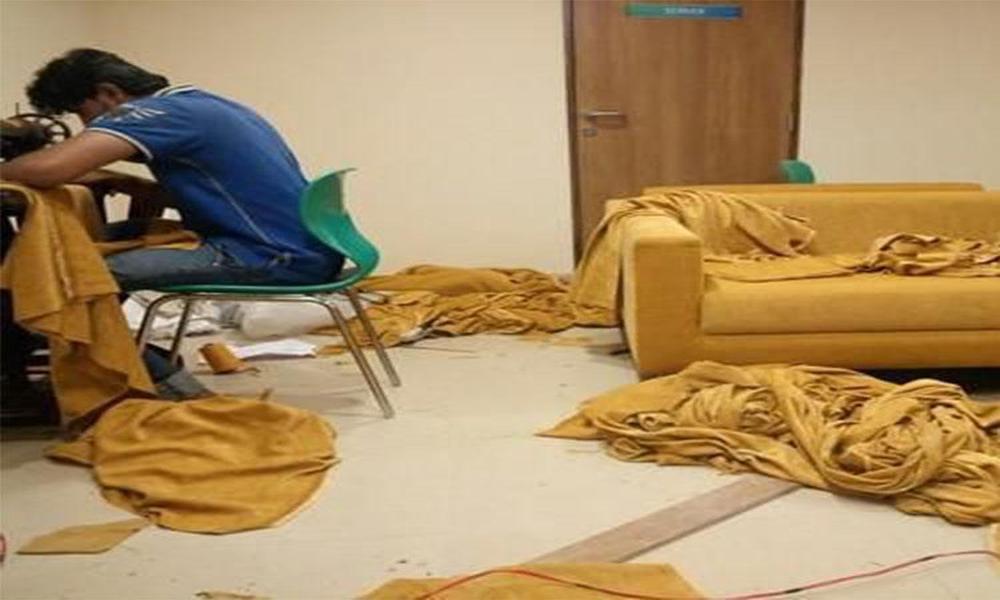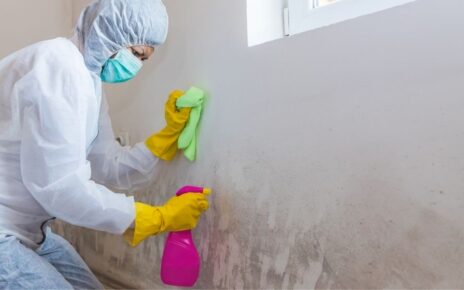Assessment: Begin by assessing the extent of the damage to the sofa repair. Identify the areas that require repair and determine the type of repair needed, such as fixing tears, replacing upholstery, or repairing broken frames.
Materials and tools: Collect the important materials and tools for the repair. This might include upholstery needles, thread, scissors, fabric patches, adhesive, foam padding, or other specialized equipment depending on the type of repair you’re performing.
Safety precautions: Take necessary safety precautions while working on the sofa repair. For instance, use protective gloves, eye goggles, or masks when working with certain adhesives, paints, or other potentially hazardous materials.
Patience and precision: Sofa repair can be a meticulous process, so approach it with patience and attention to detail. Take your time to ensure accurate measurements, precise stitching, and secure attachments. Speeding through the system can also cause subpar consequences
Documentation: If possible, document the process with photographs or notes. This can be helpful for future reference, especially if you encounter similar repair needs in the future.
Things that everyone does wrong while doing SOFA REPAIR
Using improper materials: Using the wrong materials can affect the appearance and durability of the repaired sofa. It’s crucial to select materials specifically designed for upholstery repairs. Using mismatched fabrics, inappropriate adhesives, or low-quality foam can result in an unsightly and less durable repair.
Rushing the process: Patience is key when it comes to sofa repair. Rushing through the process can result in sloppy workmanship and compromised repairs. Take your time to properly assess the damage, plan the repair, and execute each step with care. This will ensure a better outcome and a longer-lasting repair.
Overstretching or under-stretching fabric: When replacing upholstery fabric, it’s crucial to achieve the correct tension. Overstretching the fabric can cause it to warp or tear while under-stretching can result in wrinkles or loose areas. Take measurements, follow proper techniques, and maintain even tension for a professional-looking finish.
Neglecting structural repairs: Sometimes, sofa damage extends beyond the upholstery. It’s important to address any underlying structural issues to ensure the stability and longevity of the repaired sofa. Check for loose or broken frame components, damaged springs, or worn-out cushion support. Reinforce or replace these elements as needed.
IS SOFA REPAIR and SOFA Upholstery the same?
No, sofa repair and sofa upholstery are not the same, although they can be related.
Sofa repair typically refers to fixing or restoring damaged or broken components of a sofa. This may involve repairing a broken frame, fixing loose or damaged springs, reattaching loose joints, or repairing torn upholstery. The goal of sofa repair is to address specific issues and restore the functionality of the sofa.
On the other hand, sofa upholstery refers to the process of replacing or repairing the fabric or leather covering of the sofa. Upholstery work may include replacing worn-out or torn fabric, repairing stitching, adding padding or cushioning, or completely reupholstering the entire sofa. The focus of sofa upholstery is on enhancing the appearance and comfort of the sofa.
In some cases, sofa repair and upholstery work may overlap. For example, if a sofa has a torn fabric covering, the upholstery professional may need to repair the tear before reupholstering the sofa. However, it’s important to note that these are distinct processes with different objectives.





